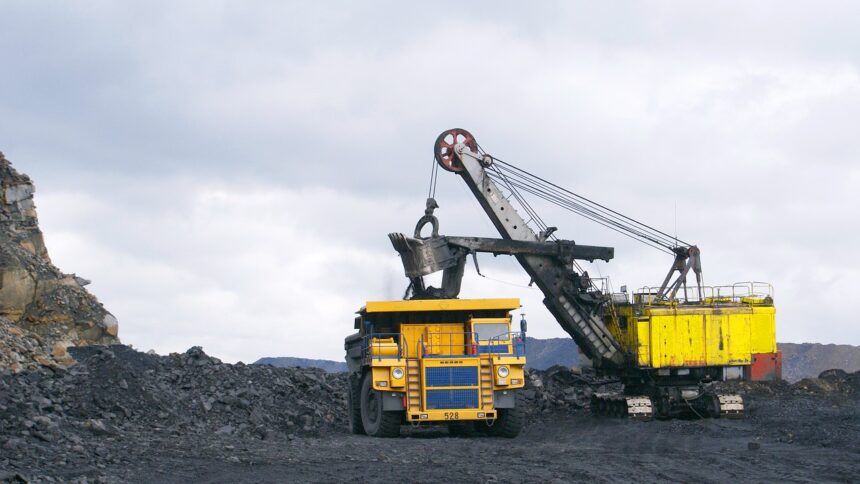A post by Giulio Galdi
In a previous post, we argued that low allowance prices reduce compliance costs for brown power plants and thus boost their profitability. In addition, low allowance prices may push firms to prefer relatively more carbon-intensive investments with respect to cleaner alternatives. These general remarks rely on the presumption that only allowance prices fall while energy demand for brown sources is unaffected. In other terms, this holds when the economy is not suffering from a severe and cross-sectoral demand crisis, like the one we are currently experiencing. What happens to coal power, specifically, when a powerful demand shock hits the economies? More precisely, how are the lockdowns and the COVID-restricted economy going to affect coal power generation and profitability? We here discuss the several aspects influencing the future of coal power across the world, highlighting the differences between industrialised and developing countries.
Being the most emission-intensive energy source in use, it is particularly relevant to understand the future diffusion of coal. The IPCC reports that by 2030 coal power generation worldwide needs to fall by 80% with respect to 2010 levels, in order to limit global warming to 1.5°C. The good news is that coal power generation was slashed by the COVID-19 crisis, averaging at just 11% in the EU27 energy mix, well below the 16% in the same period last year. During the pandemic the UK energy mix has hit its first month without any coal and Sweden and Austria have turned off their last coal plant, forever. The priority dispatch and low operating costs are giving renewables an edge in times of low demand.
The bad news is that although Earth is enjoying a temporary reduction in coal power generation, long term policies to phase out coal might suffer significant delays, as the focus of governments’ legislation is forcefully shifted to economic and health matters. A major example is the postponement of Germany’s plan for a national coal phase out, for which a hearing was scheduled in March but had to be rescheduled in May. It is possible that Germany fails to turn off any coal-fired power plant this year. In addition, when COVID-19 will eventually (and hopefully) be behind us, allowance prices could still be trudging towards pre-COVID levels. If production resumes reviving energy demand while allowance prices are still low, coal power could get back in the energy mix and this time exploiting a cost advantage with respect to its renewable competitors. As discussed in my previous post in this blog, the Market Stability Reserve could prove unable to reduce the supply of allowances with the required timeliness to keep prices sufficiently high, which is fundamental to keep investments in renewables coming. A carbon price floor or support could be more effective in this regard.
Investments in renewables also depend on the economic resilience of countries and on their institutional framework. In developing countries, energy markets are still heavily regulated and investment flows are being particularly affected by the economic crisis. While industrialised countries may take the chance to boost the deployment of renewables (see the European Green Deal, for instance), developing countries may lack the technological possibility due to the strict energy market regulation and reduction of international investment flows. In order to phase out coal at a global scale as soon as possible, it is fundamental that industrialised countries either design a support scheme to provide developing countries with the needed technological and financial resources or help establish carbon markets. The latter option could help drive coal out of the market and could make further achievements possible through international linking of carbon markets, which would likely imply a faster transition out of coal and a wealth transfer to developing countries. As for carbon markets in developed countries, the price of allowances needs to be sufficiently high to constitute an effective incentive towards low-carbon investments. However, if the newborn carbon market in the developing country linked with another from an industrialised country, it would contribute to achieving a desirable carbon price. The higher demand of allowances in the industrialised country would drive the price of allowances up, fostering low-carbon investments in the developing country.
The future of coal is still open. The fall in coal power during the pandemic is no respite for the climate. In the aftermath of the financial crisis of 2008, global yearly emissions rose well above its pre-crisis levels. Early news from China are an omen that this might happen again and that the climate could be worse off in the recovery phase. Preserving a strong carbon price signal and prioritising low-carbon investments in economic stimulus packages is fundamental not to let history repeat itself.
The views and opinions expressed in this post are solely those of the author(s) and do not reflect those of the editors of the blog of the project LIFE DICET.

